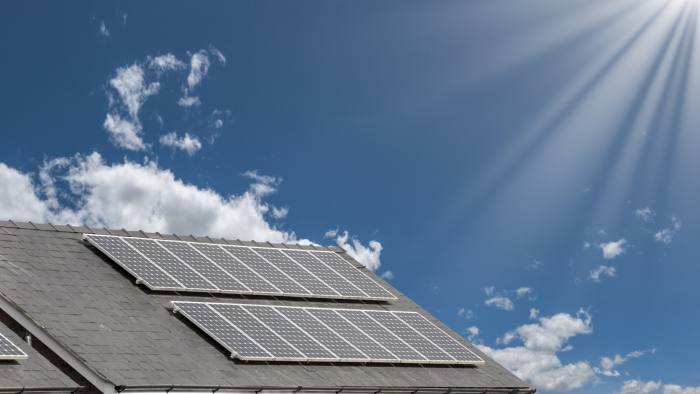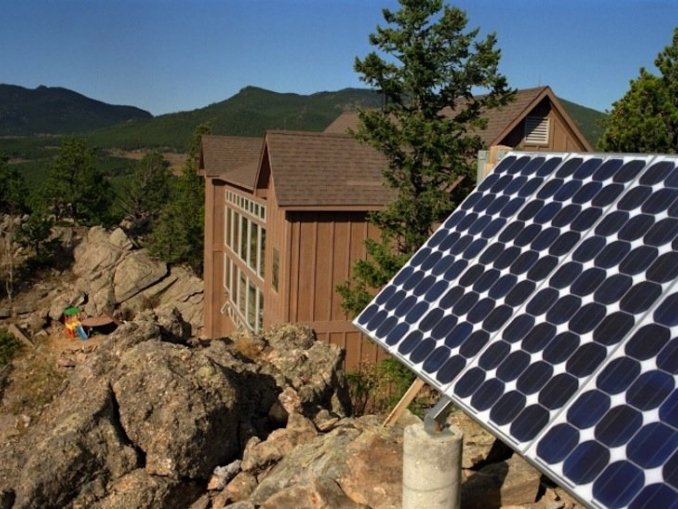So you’ve made the call to explore cleaner energy options for your home, but you don’t know where to start. Fortunately, there are more resources than there have ever been for learning about alternative energy, including solar power. And people are responding in kind: according to the Solar Energy Industries Association (SEIA), in 2021, Americans installed enough solar panel systems to power 21.8 million American homes. It’s a trend that isn’t going away, and now is a great time to explore it.
But once you’ve confirmed that going solar is right for you, how do you figure out what you need to get started? Here are the most important points to keep in mind as you make your solar panel plan.
How Solar Energy Fits Your Home

When it comes to going solar, the first thing you want to think about is your home’s setup and location. This applies on both a small and larger scale. First, how is your home – and more importantly, its roof – situated? For solar panels to be effective, they need a great deal of space and, of course, direct sunlight. The minimum required roof space for solar panels is agreed to be about 200 sq. feet of unobstructed space.
When it comes to obstructions, consider what’s around your roof as well, and which direction it’s facing. If trees or neighboring houses affect the flow of sunlight, that is going to have an impact on the amount of energy you can generate from solar panels. If your roof faces north rather than south, that’s also going to have an effect. It doesn’t mean you shouldn’t use solar panels, but it’s worth considering just how efficient they will be for your home in particular, and whether you will either need to adjust where you install them or invest in a higher-efficiency system.
Second, in terms of location, what is the local climate generally like? An abundance of overcast days doesn’t necessarily cancel out a system’s effectiveness, but the bottom line is that, with solar panels, the more direct sunlight you get throughout the year, the more power you’ll generate. If you live in an area where it’s often cloudy or rainy, investing in solar energy can definitely still be a good move, but it would help to look into higher-efficiency options for installing solar panels.
Solar Power Costs and Savings
When it comes to solar power, there’s a lot more to keep in mind beyond the initial cost of installation. While it can be expensive at the outset, it does give homeowners a great deal back over time. Rebates and tax credits – both local and federal – can be part of installing a solar panel system, for example. It’s worth looking into the recent federal tax credit that gives homeowners the chance to deduct 26% of solar panel installation costs from their taxes. (You can learn more about this at energy.gov.)
State rebates and tax credits will, of course, vary based on where you live, so be sure to use the Database of State Incentives for Renewables & Efficiency, or DSIRE, to find out what incentives your state could potentially offer you. Keep in mind, though, that you can expect annual savings on energy costs outside of these other benefits – and even, ultimately, to make money back over time.
Solar Energy and Going Off the Grid

While going solar can give you the option of going off the grid, that doesn’t necessarily mean that you have to.
If you do decide to stay on the grid, there are a few things that will ensue from this. First, you’ll still have the benefits that come from having regular electricity as a secondary power source. That’s a particularly helpful perk if where you live doesn’t have the most consistent sunlight year-round. Second, when your home generates extra energy, it can be fed back into your city’s grid, which can ultimately give you credits on your utility bills. This process is called net metering, and it’s a great way to benefit from staying on the grid.
Going off the grid can give you similar bonuses, that said. You can store excess power on your own to a different secondary power source – i.e. battery storage or generators. Then you can use that backup power when you’re running low on solar energy. While installing this generally requires expert assistance, it’s worth considering if you’re interested in energy independence.
Making the Solar Shift
Moving to solar energy is a major change, and one you want to make with good information as your foundation. Starting your research with these points in mind will help you make sound decisions as you go. It’s important to embrace environmental consciousness in a way that works for you! So the more you know how installing a solar panel system will fit into your lifestyle, the better off you’ll be in the long run, and the more satisfied you’ll be with your choices and contributions.
